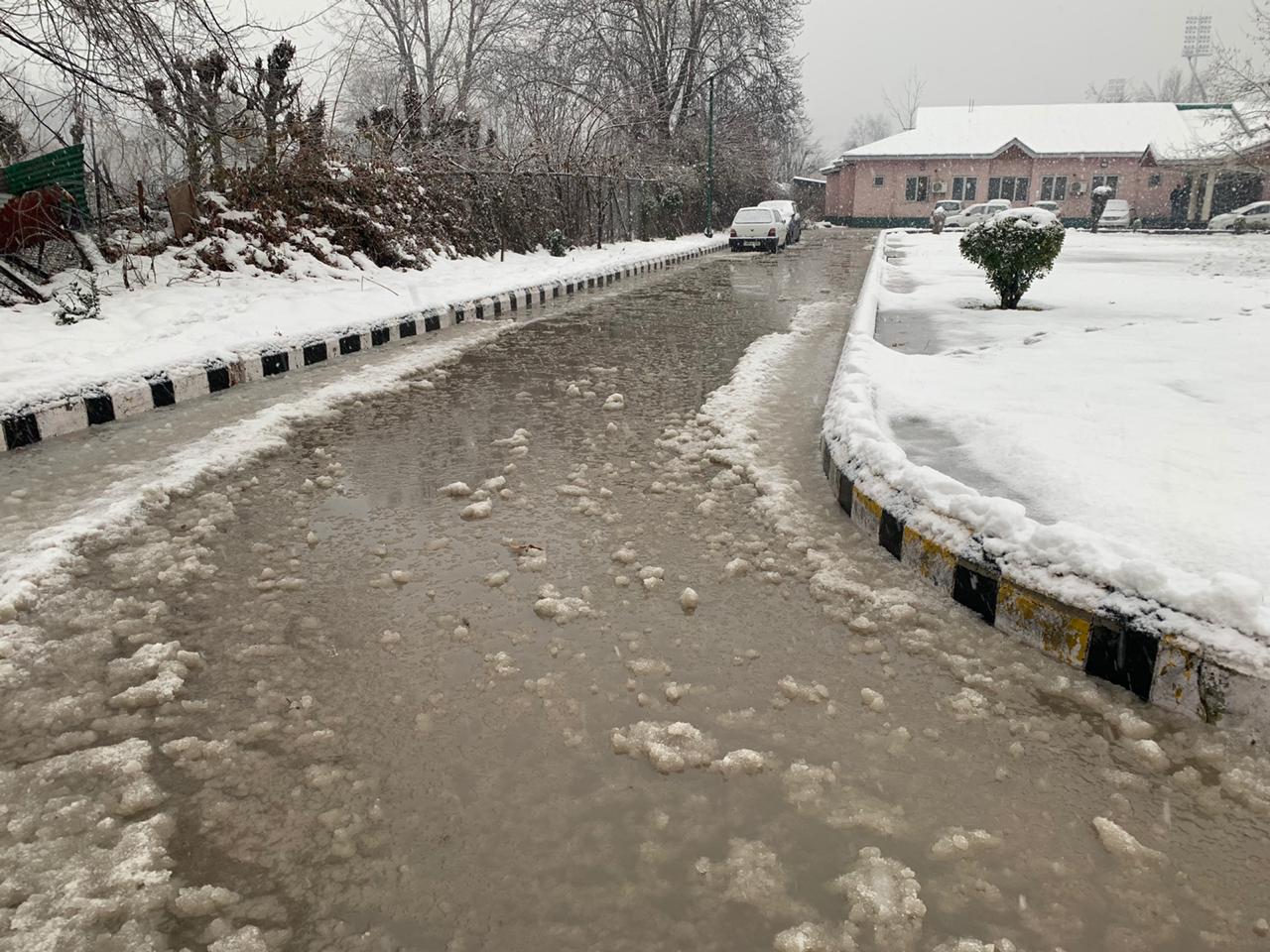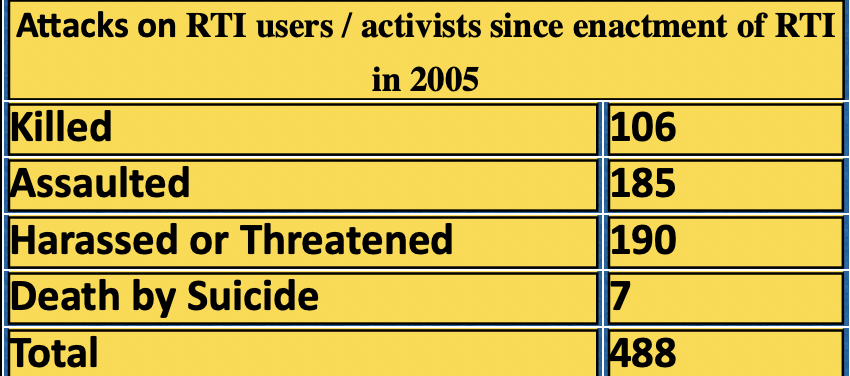

By Geeta Seshu
The Supreme Court order on the Internet ban in Kashmir affirms important principles restricting the sweeping powers of the state to shut down the Internet. However, it afforded no immediate relief for the people of Kashmir and all but dismissed the impact of the crippling shutdown on press freedom.
Passed by Justices N V Ramana, R V Subhash Reddy and B R Gavai on Jan 10, 2020, after being kept in reserve for more than a month, the judgement said that an ‘order suspending internet services indefinitely is impermissible under the Temporary Suspension of Telecom Services (Public Emergency or Public Service) Rules, 2017’. Any suspension can be ‘temporary in duration, must adhere to the principle of proportionality, must not extend beyond necessary duration and is subject to review’.
On the eve of the abrogation of Art 370 on August 5, 2019, Kashmir went into an unprecedented lockdown with the shutdown of services on all communication lines – broadband, landlines and mobiles. Till date, there has been no official information from the government as to the notifications that ordered this shutdown.
The order came in the wake of a petition filed by the executive editor of Kashmir Times Anuradha Bhasin, challenging the shutdown of communication, Congress leader and Rajya Sabha MP Ghulam Nabi Azad and intervenors, including the Internet Freedom Foundation and the Foundation for Media Professionals.

Pointing out that the State must produce the orders by which communication was blocked, the apex court said that a review committee must conduct a periodic review within seven days of the previous review, a time frame missing from the existing Suspension Rules.
It has directed that the State review all orders suspending internet services forthwith and revoke the orders not in accordance with the law and directed the immediate restoration of Internet services for government websites, localized/limited ebanking facilities, hospitals services and other essential services.
Repeated orders under Sec 144 abuse of power
It gives some hope that the power of the state to impose Internet shutdowns is not sweeping and is subject to review. It tell us that the use of Sec 144 of the CrPC, increasingly being used to clamp down on the Internet, must be based on the principles of proportionality and cannot be ‘used to suppress legitimate expression of opinion or grievance or exercise of any democratic right’ and that any repetitive orders under Sec 144 of the CrPC would be an abuse of power.
The court has stated clearly that the power under Section 144, Cr.P.C., being remedial as well as preventive, is exercisable not only where there exists present danger, but also when there is an apprehension of danger. However, the danger contemplated should be in the nature of an “emergency” and for the purpose of preventing obstruction and annoyance or injury to any person lawfully employed.
Moreover, it maintains that ‘the freedom of speech and expression through the medium of Internet is an integral part of Article 19(1)(a) and accordingly, any restriction on the same must be in accordance with Article 19(2) of the Constitution and the freedom of trade and commerce through the medium of the internet is also constitutionally protected under Article 19(1)(g), subject to the restrictions provided under Article 19(6).
It also tells us that the:
‘freedom of speech and expression and the freedom to practice any profession or carry on any trade, business or occupation over the medium of internet enjoys constitutional protection under Article 19(1)(a) and Article 19(1)(g). The restriction upon such fundamental rights should be in consonance with the mandate under Article 19 (2) and (6) of the Constitution, inclusive of the test of proportionality.
For all that, its not really a ‘chilling’ effect!
After all these wonderful pronouncements, couldn’t the Supreme Court have gone a step further? Why didn’t the Supreme Court order the restoration of the Internet in Kashmir? It had enough and more opportunity to examine whether these principles it has formulated and reiterated were not even acknowledged in the imposition of this unprecedented and total ban on communication.
The Internet shutdown enters it 162nd day today. It’s the longest ever shutdown anywhere in the world, surpassing Myanmar. It has resulted in immense distress for the people of Kashmir, lives were lost because they were not able to get timely medical help, people have been cut off from their families, students and youth could not access college applications or job opportunities and even the basic right to express themselves, which this order ironically acknowledges, continues to be denied to them.
For the media in Kashmir, the curbing of which spurred the petition filed by Kashmir Times executive editor Anuradha Bhasin in the first place, the order is nothing short of disastrous. The court has all but dismissed the contention in that the imposition of Sec 144 and the Internet ban has been detrimental to press freedom.
The petition had said that the restrictions on communication had severely hampered the mobility of newspersons and the suspension of the publication of the newspaper. The petition had sought the setting aside or quashing of notifications, if any, issued to shut down communication; the immediate restoration of all modes of communication including mobile, internet and landline services throughout Jammu and Kashmir so as to provide an enabling environment for the media to practice its profession and guidelines to ensure that the media’s right to report is not curtailed.
However, according to the order, the petition ‘did not impugn any specific order or restriction on the freedom of the press but said that the ‘cumulative effect of various other restrictions, such as the imposition of Section 144, Cr.P.C. and restrictions on internet and communication, has indirectly affected the freedom of the press in the valley’.
Paradoxically, the order recognizes that the ‘freedom of the press is a valuable and sacred right’ enshrined under Article 19(1)(a) of the Constitution and a requirement in a modern democracy but then goes into a rather elaborate discussion on what exactly is a ‘chilling effect’ and whether the restrictions on the press in Kashmir amount to a chilling effect.
The judgement goes into whether a ‘chilling effect’ is an emotive argument or has some role to play in free speech adjudication, as it could otherwise result in a “self proclaiming instrument”.
It is here that the judgement does such a disservice to the people of Kashmir and to the media in Kashmir. It patently fails to acknowledge that the effect of the sweeping restrictions on communication has had an extremely adverse impact on the right of the people to exercise the right under Art 19 (1) (a) guaranteed under the Constitution. It rejects the plea that the restrictions were unconstitutional because it has a chilling effect on the freedom of press:
‘Therefore, to say that the aforesaid restrictions were unconstitutional because it has a chilling effect on the freedom of press generally is to say virtually nothing at all or is saying something that is purely speculative, unless evidence is brought before the Court to enable it to give a clear finding, which has not been placed on record in the present case’.
The order points out that other newspapers were being published in the period the petitioner was forced to suspend publication and contends itself with reiterating that ‘responsible Governments are required to respect the freedom of the press at all times. Journalists are to be accommodated in reporting and there is no justification for allowing a sword of Damocles to hang over the press indefinitely’.
While it is true that other newspapers were and are being published in the Valley, this is really only one side of the story. Mere publication does not in any way establish whether the media is Kashmir is facing a chilling effect due to the restrictions. Besides, the Internet blockade has resulted in the shutting down of all online news outlets, even from the media that also published newspapers.
During the 19 months of Emergency, when civil liberties were suspended, the mainstream media continued to publish, subject to formal pre-censorship mechanisms. Granted, there is neither a declared Emergency nor are there any such formal pre-censorship mechanisms in Kashmir. But the crucial tools that will enable free and fair publication of news, from the very first step of news-gathering to the distribution of news and information has been severely hampered by the communications blockade.
Several senior journalists have rued the quality of the news published and the inability to gather and disseminate information in the face of the communication blockade. It has been frustrating and defeating, to say the least.
Journalists are totally dependent on Internet facilities provided by the State in a minimally equipped Media Facilitation Centre where they queue up for their turn on four or five computers provided for their use. The speed and immediacy of news is lost because an important means of conveying information has been shut down.
Information about the number and plight of those detained or even the effect of the lockdown on health care, on students, on the economy filters slowly through the blockade and robs the media of fulfilling its primary role – to collect and disseminate information to the public and hold the authorities accountable.
As a journalist we spoke to had said of the communications blockade, “We’ve been sent back to the Stone Age.” Indeed, with this judgement, it looks like the media in Kashmir will be staying right there.
(Geeta Seshu and Laxmi Murthy had visited Kashmir between Aug 30-Sept 4, 2019 to investigate the effect of the communication blockade on the media in Kashmir. Their report ‘News behind the Barbed Wire: Kashmir’s information blockade’ documents the impact of the blockade, the censorship, self-censorship, surveillance, intimidation and complete shutdown of facilities for mediapersons. The report can be accessed here).



2 thoughts on “Kashmir: Long road to press freedom”